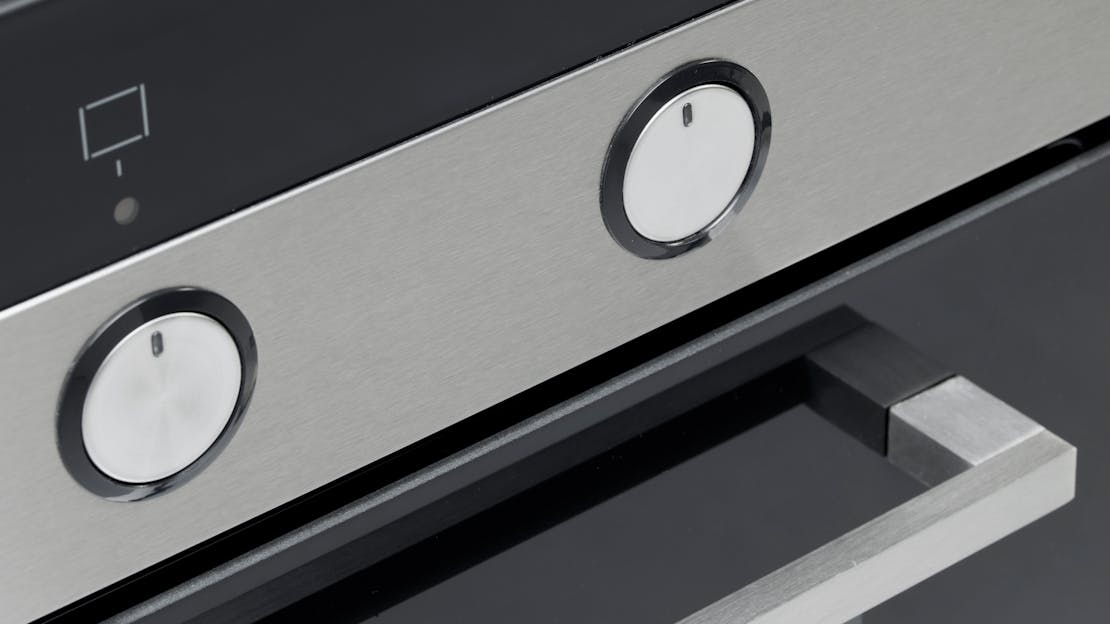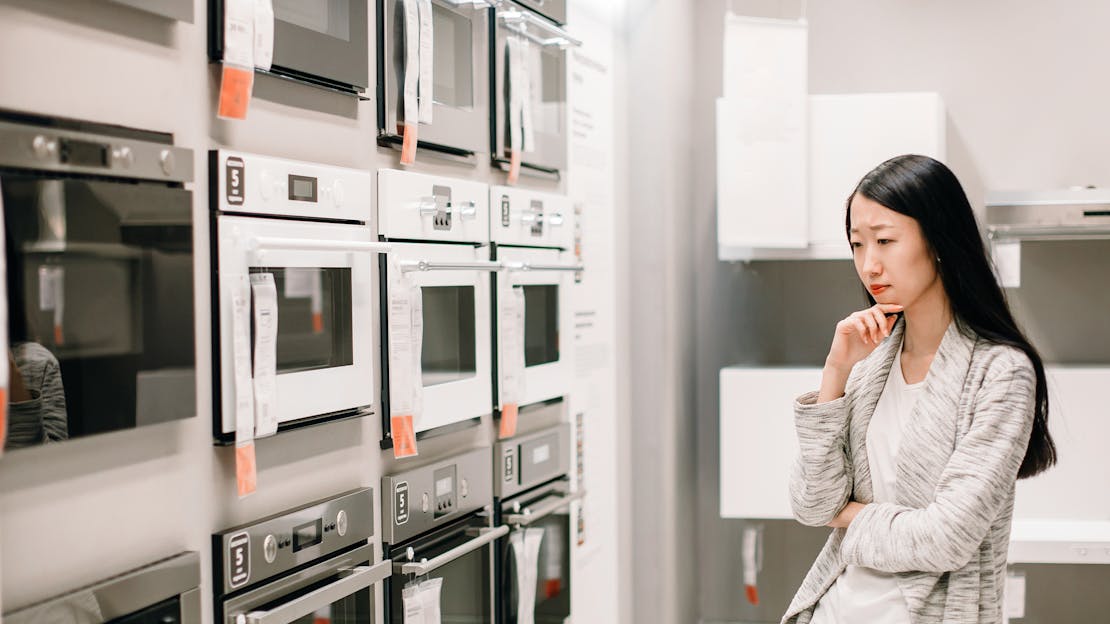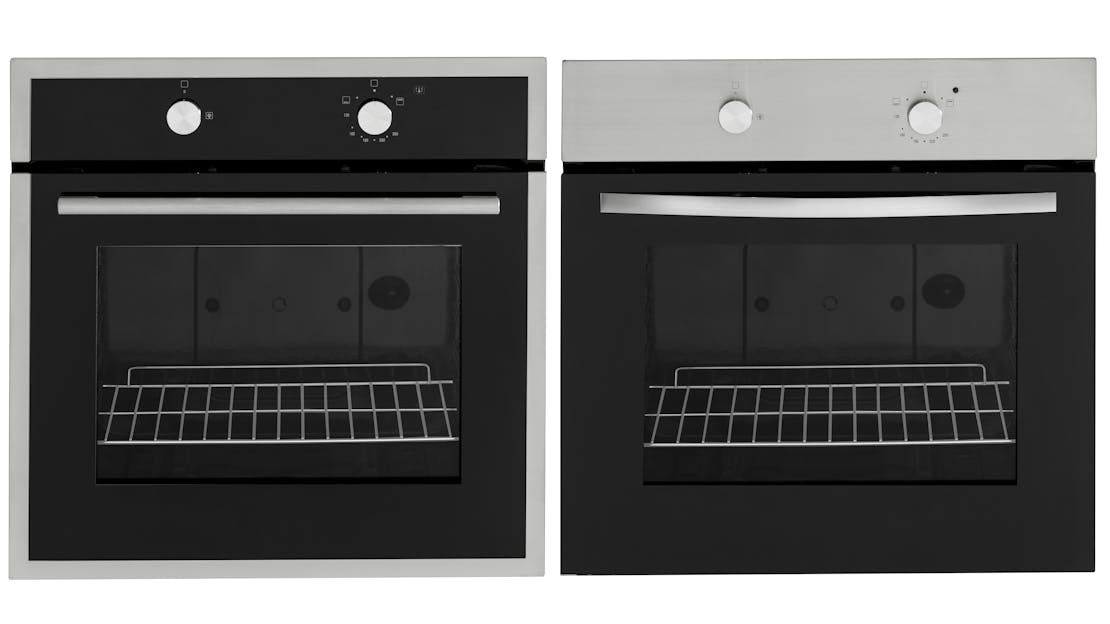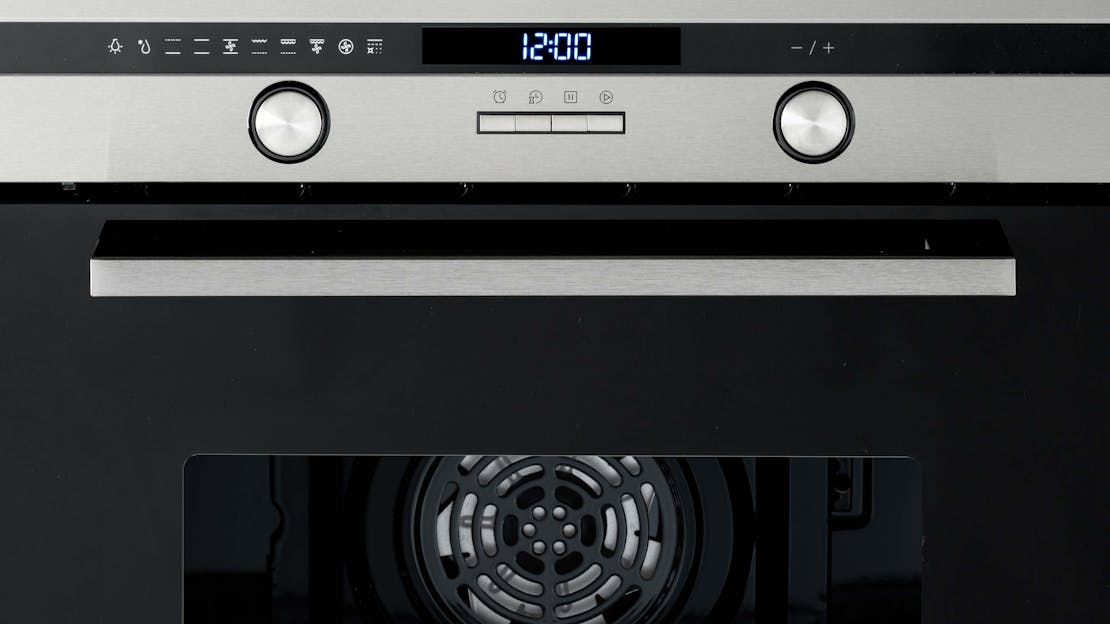
The Ultimate Pyrolytic Oven Guide
What is a pyrolytic oven?
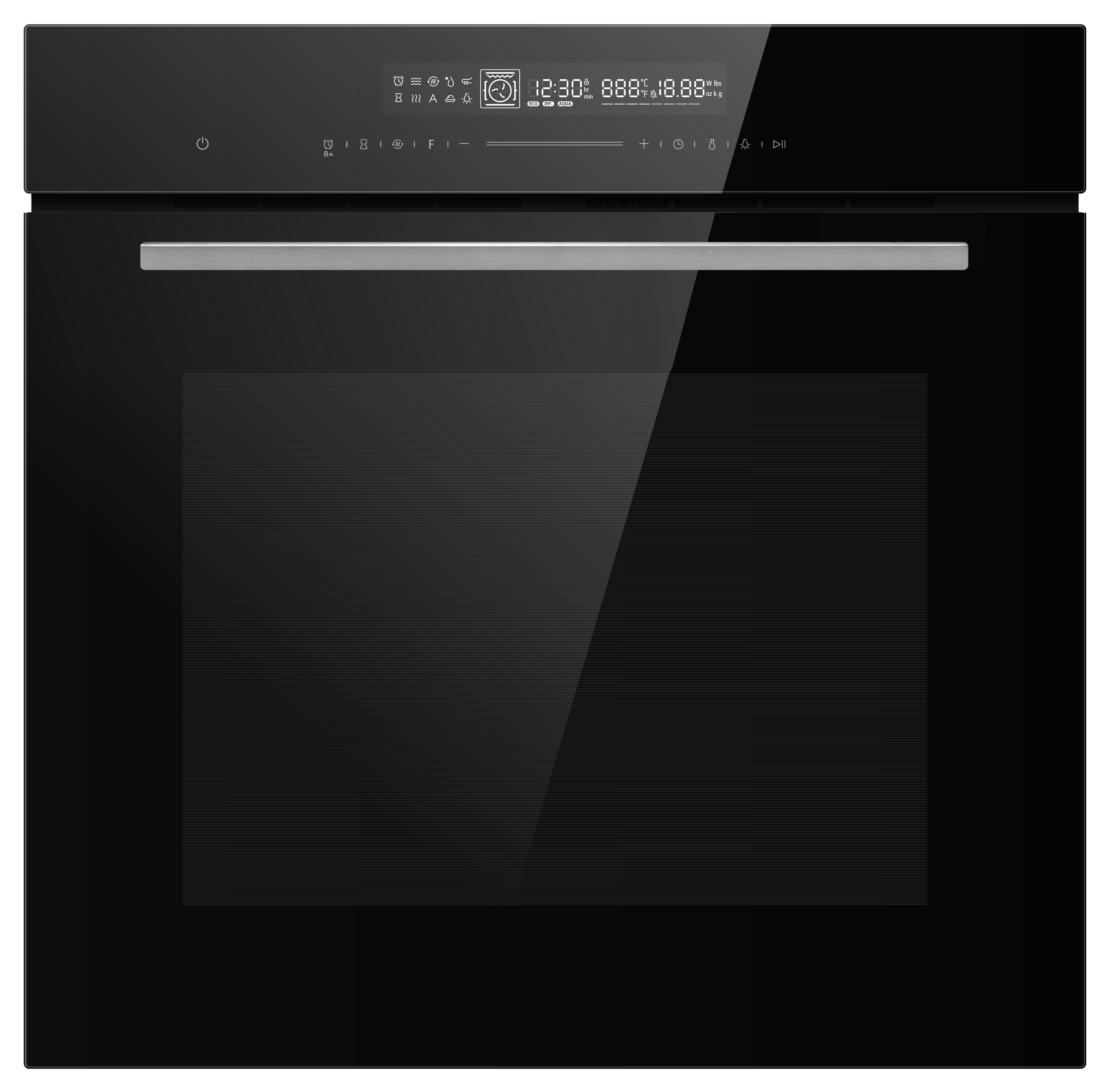
A pyrolytic oven is a self-cleaning appliance that utilises high temperatures to incinerate food residue and grease, eliminating the need for manual scrubbing. During the cleaning cycle, which reaches temperatures as high as 400 to 500 degrees Celsius, the oven locks its door and converts organic matter into ash. This process effectively removes stubborn stains, baked-on spills, and grease from the oven's interior, including walls, racks, and the door. While the pyrolytic cleaning feature offers convenience and thorough cleaning, it should be noted that it consumes significant energy and can take several hours to complete.
How do I know if my oven is pyrolytic?
To determine if your oven is pyrolytic, you can follow these steps:
- Check the oven's user manual: The user manual that came with your oven will provide detailed information about its features and cleaning methods. Look for any mention of a pyrolytic cleaning function or a self-cleaning option.
- Examine the oven's control panel: Take a close look at the control panel of your oven. If it has a specific cleaning mode or a self-cleaning symbol/button, it is likely equipped with a pyrolytic cleaning function. The symbol may resemble a flame or a lock icon.
- Look for a separate cleaning cycle: Pyrolytic ovens usually have a dedicated cleaning cycle or program that can be selected from the oven's control panel. Check if your oven has a specific cleaning cycle that reaches high temperatures and locks the door during the process.
- Consult the manufacturer's website: Visit the official website of the oven manufacturer and search for your oven model. Look for specifications or features listed for your specific model to see if pyrolytic cleaning is mentioned.
- Contact the manufacturer or customer support: If you're still unsure whether your oven is pyrolytic, reach out to the manufacturer or their customer support. Provide them with the model number and any other relevant details, and they will be able to confirm if your oven has a pyrolytic cleaning function.
Do pyrolytic ovens work?
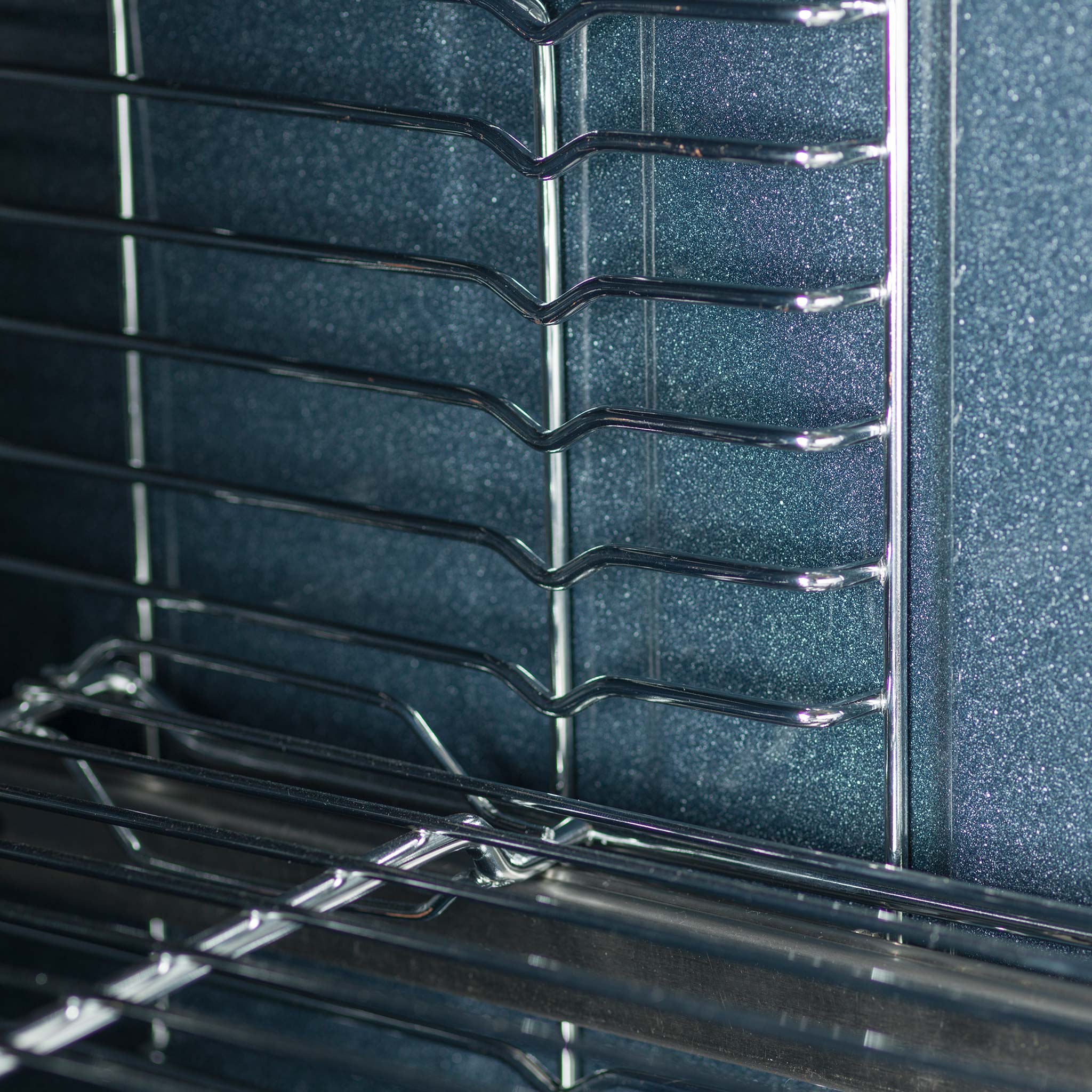
The effectiveness of pyrolytic ovens largely depends on your preference for oven cleaning. While pyrolytic ovens do come at a higher cost compared to regular ovens, the convenience of never having to clean your oven manually again can be invaluable.
Pyrolytic cleaning excels at thoroughly cleaning your oven, especially in difficult-to-reach areas. Not only does it save you time and effort, but it also eliminates the need for harsh oven cleaners and is likely to provide a more thorough cleaning than you could achieve yourself. So, investing in a pyrolytic oven not only simplifies oven maintenance but also ensures a superior cleaning outcome.
Are pyrolytic ovens worth it?

Ultimately, the worth of a pyrolytic oven is subjective and varies from person to person. If the convenience, thorough cleaning, and time saved outweigh the higher cost and energy consumption, a pyrolytic oven may be a worthwhile investment for you. It's advisable to research different types of self cleaning oven and consider your specific requirements before making a decision.
Do pyrolytic ovens need special wiring?
Yes, pyrolytic ovens typically require special wiring to accommodate their high power demands. The intense heat generated during the pyrolytic cleaning cycle requires a substantial amount of electrical energy. As a result, pyrolytic ovens often require a dedicated electrical circuit with a higher amperage rating to safely handle the power load.
Do pyrolytic ovens use a lot of electricity?
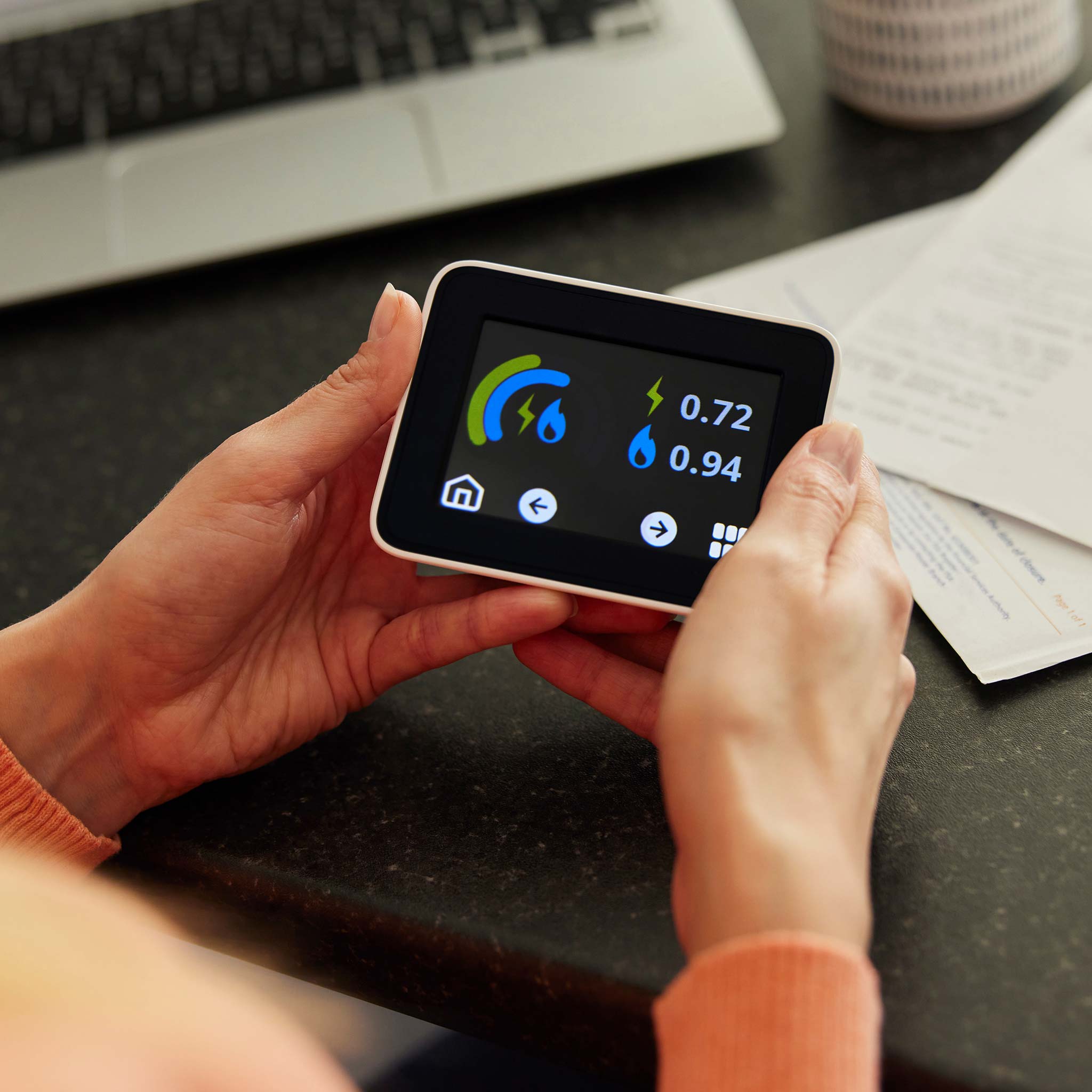
In general, pyrolytic ovens operate similarly to regular electric ovens when it comes to energy requirements for cooking. During regular cooking functions, the energy consumption of a pyrolytic oven is comparable to that of a standard electric oven. The majority of the time, when you use the oven for baking, roasting, or other cooking tasks, it will consume a similar amount of electricity as a regular electric oven would. The higher energy usage associated with pyrolytic ovens primarily comes into play during the self-cleaning cycle, which is an occasional and separate process.
Pyrolytic ovens do consume a significant amount of electricity during the cleaning cycle. The pyrolytic cleaning process requires the oven to reach extremely high temperatures, typically around 400 to 500 degrees Celsius, which demands a substantial amount of electrical energy.
Do pyrolytic ovens clean the glass?
Yes, pyrolytic ovens are designed to clean the glass as part of the self-cleaning process. The high temperatures reached during the pyrolytic cleaning cycle effectively break down and incinerate food residue, grease, and other stains, including those on the oven's glass surfaces.
During the cleaning cycle, the intense heat helps to remove any baked-on or stubborn stains on the glass, allowing them to turn into ash. Once the cleaning cycle is complete and the oven has cooled down, you can simply wipe away the ash residue from the glass with a damp cloth.
How often do you need to do a pyrolytic clean?

The frequency of performing a pyrolytic cleaning cycle in your oven depends on your cooking habits. As a general guideline, it is recommended to conduct a pyrolytic clean every two months or so. However, to prevent spills and large food particles from becoming baked-on and harder to clean, it is advisable to promptly address and clean up such incidents as they occur. By attending to spills and messes in a timely manner, you can help maintain a cleaner oven and minimise the need for more frequent intensive cleaning cycles.
Frequently asked questions
What are the disadvantages of a pyrolytic oven?
- Energy consumption: Pyrolytic cleaning cycles can lead to higher energy consumption, resulting in increased electricity bills.
- Longer cleaning cycles: Pyrolytic cleaning processes can take several hours, requiring you to plan ahead and temporarily be without access to the oven.
- High temperatures and safety concerns: The extreme heat during pyrolytic cleaning poses safety risks, particularly for households with children or pets.
- Potential odours and fumes: The burning of food residue during pyrolytic cleaning may generate odours and fumes that require proper ventilation.
- Initial cost: Pyrolytic ovens are typically more expensive compared to standard ovens due to their advanced cleaning technology.
- Maintenance of oven interior: While pyrolytic cleaning effectively removes food residue, other areas like knobs, handles, and glass surfaces may still require manual cleaning.
How long does pyrolytic oven cleaning take?
The duration of a pyrolytic oven cleaning cycle can vary depending on the specific oven model and the level of cleaning required. Typically, pyrolytic cleaning cycles take several hours to complete.
On average, a pyrolytic cleaning cycle can range from two to four hours. However, some ovens may offer shorter cleaning cycles of around one to two hours, while others may have longer cycles that extend to five or six hours.
It's important to consult the oven's user manual or specifications to determine the exact duration of the pyrolytic cleaning cycle for your specific oven model. The manual should provide instructions on how to initiate and monitor the cleaning process, as well as an estimated duration.
Keep in mind that the oven door is usually locked during the cleaning cycle for safety reasons, and it's important to allow the oven to cool down completely before accessing it or attempting to wipe away any ash residue.
To ensure a successful and efficient cleaning cycle, it's recommended to follow the manufacturer's instructions and guidelines for operating the pyrolytic cleaning feature.
What do you remove when pyrolytic cleaning?
During pyrolytic cleaning, the intense heat is designed to break down and incinerate various types of food residue, grease, and other stains that accumulate inside the oven. The cleaning process effectively removes:
- Baked-on spills: Pyrolytic cleaning can tackle stubborn, baked-on spills that are difficult to remove manually. The high temperatures help break down and reduce these tough stains to ash.
- Grease and oil: Pyrolytic cleaning is effective at incinerating greasy residue that may have accumulated on oven surfaces, including racks, walls, and the oven floor.
- Food particles and debris: Any loose food particles, crumbs, or debris that may be present in the oven will be converted to ash during the cleaning cycle.
- Organic matter: Pyrolytic cleaning can eliminate organic matter, such as residual food odours, bacteria, and other microorganisms, contributing to a more hygienic oven environment.
Please note that pyrolytic cleaning primarily focuses on the interior surfaces of the oven, including walls, racks, and the oven floor. External components, such as knobs, handles, or the oven glass, may require separate manual cleaning.
Always consult the specific instructions provided by the oven manufacturer to ensure a thorough and safe pyrolytic cleaning process.
Top Selling Single Electric Ovens from MyAppliances
Upgrade your kitchen with our range of ovens, including fan, multifunction, and self-cleaning options. From even heat distribution in fan ovens to versatile cooking modes in multifunction ovens and hassle-free maintenance with self cleaning ovens, we have everything to suit your cooking needs. Experience convenience and innovation in your kitchen with our oven solutions.
More buying guides
-
Oven Buying Guides
This comprehensive guide is designed to empower you with the knowledge needed to make an informed decision when selecting a single electric oven for your kitchen. Throughout this guide, we will delve into various aspects of single electric ovens.
-
Oven Buying Guides
Welcome to the comprehensive guide on electric ovens! Whether you're a passionate home cook or someone who simply enjoys preparing delicious meals, this guide is here to provide you with valuable insights into the world of electric ovens.
-
Oven Buying Guides
When it comes to buying a new oven, the options can seem overwhelming. With over 20 different types of ovens available, each with unique features and functionalities, it can be difficult to determine which one is right for you.
-
In this comprehensive guide, we'll delve into the history and evolution of gas ovens, explore their advantages and disadvantages, and provide you with everything you need to know about selecting, installing, and maintaining these kitchen appliances.


